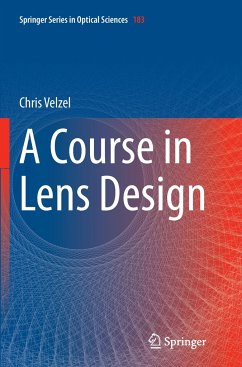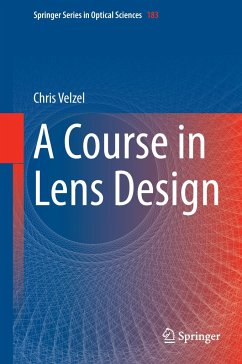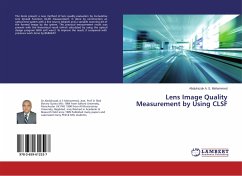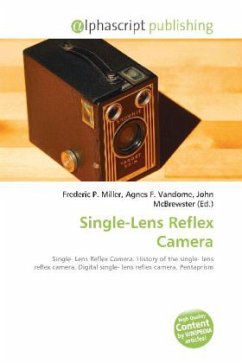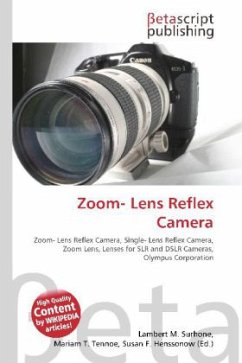
Life Prediction of LENS Materials with Finite Element Analysis
Application of a Mathematical Plasticity-Damage Model to Predict Life on Monotonic and Cyclic Loading of LENS Manufactured Materials
Versandkostenfrei!
Versandfertig in 6-10 Tagen
32,99 €
inkl. MwSt.

PAYBACK Punkte
16 °P sammeln!
Recent innovations in digital design andmanufacturing of advanced materials and componentshave stimulated an important growth ofrapid-prototyping technologies in modern industries.The Laser Engineered Net Shaping (LENS) is aparticular example of these technologies that maycreate any kind of components from a 3D CAD solidmodel with high accuracy. One of its main advantagesis the possibility of obtaining property gradientsalong the component due to different cooling rates.However, it is sometimes susceptible to pore formation.A mathematical plasticity-damage model was utilizedto predict the mech...
Recent innovations in digital design and
manufacturing of advanced materials and components
have stimulated an important growth of
rapid-prototyping technologies in modern industries.
The Laser Engineered Net Shaping (LENS) is a
particular example of these technologies that may
create any kind of components from a 3D CAD solid
model with high accuracy. One of its main advantages
is the possibility of obtaining property gradients
along the component due to different cooling rates.
However, it is sometimes susceptible to pore formation.
A mathematical plasticity-damage model was utilized
to predict the mechanical behavior and life of
components manufactured under the LENS process,
considering certain levels of porosity, under
different conditions of loading, temperature and
strain rate to simulate real-life situations. These
predictions were validated with real monotonic and
cyclic tests performed in the laboratories, and later
on applied to high-performance automotive components.
This book covers the theory, calibration, simulations
and validation of the model, and should be especially
useful to researchers and professionals in the
materials and components design industries.
manufacturing of advanced materials and components
have stimulated an important growth of
rapid-prototyping technologies in modern industries.
The Laser Engineered Net Shaping (LENS) is a
particular example of these technologies that may
create any kind of components from a 3D CAD solid
model with high accuracy. One of its main advantages
is the possibility of obtaining property gradients
along the component due to different cooling rates.
However, it is sometimes susceptible to pore formation.
A mathematical plasticity-damage model was utilized
to predict the mechanical behavior and life of
components manufactured under the LENS process,
considering certain levels of porosity, under
different conditions of loading, temperature and
strain rate to simulate real-life situations. These
predictions were validated with real monotonic and
cyclic tests performed in the laboratories, and later
on applied to high-performance automotive components.
This book covers the theory, calibration, simulations
and validation of the model, and should be especially
useful to researchers and professionals in the
materials and components design industries.




